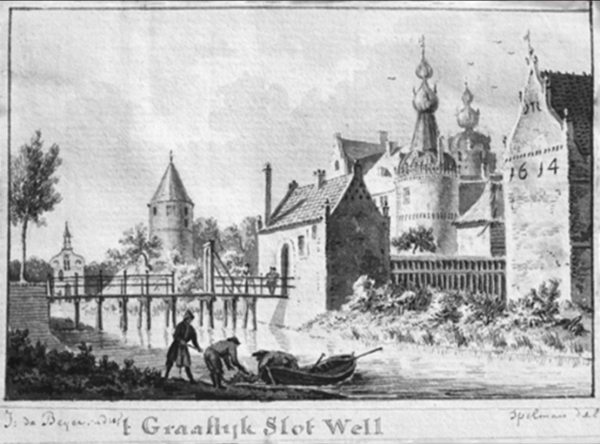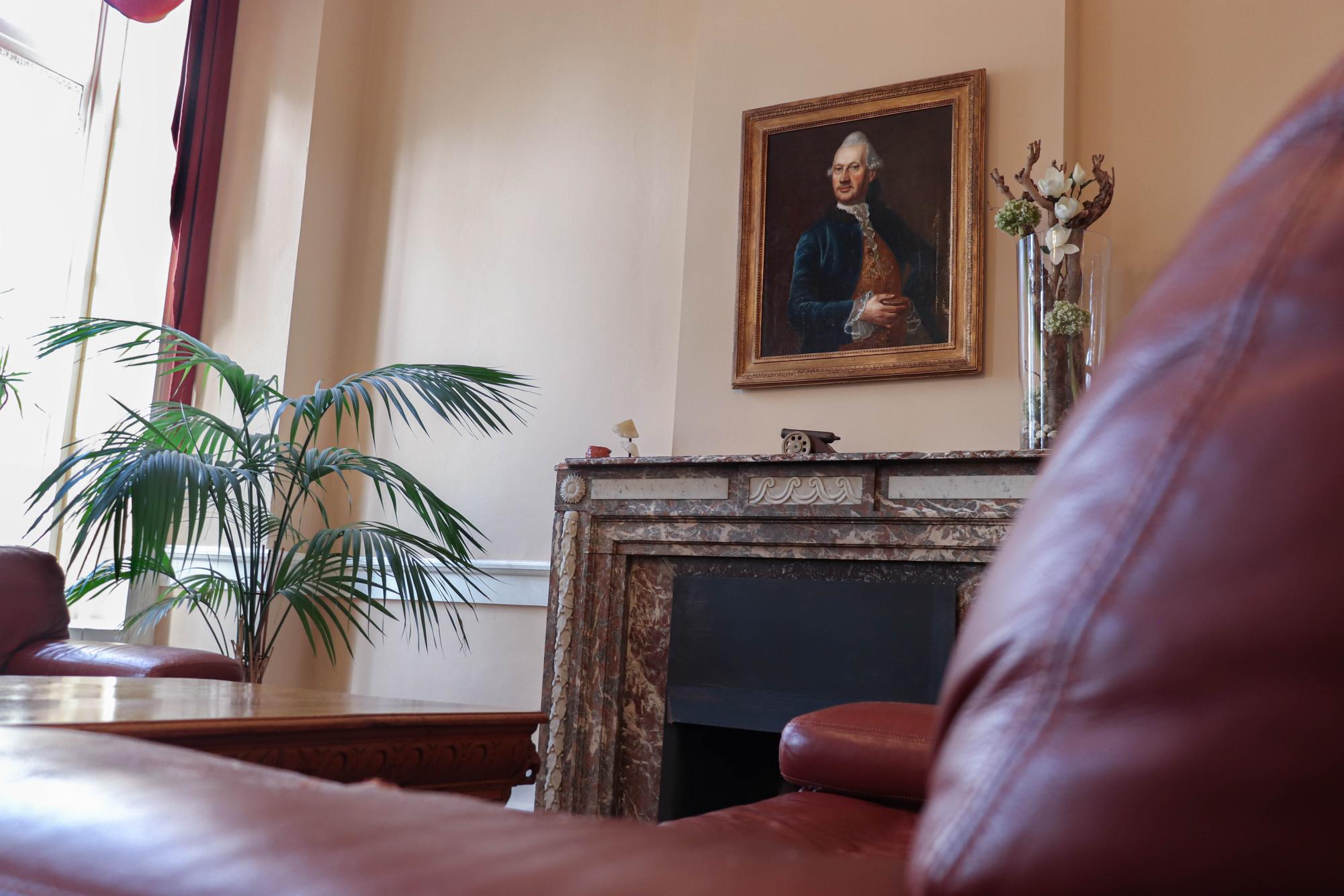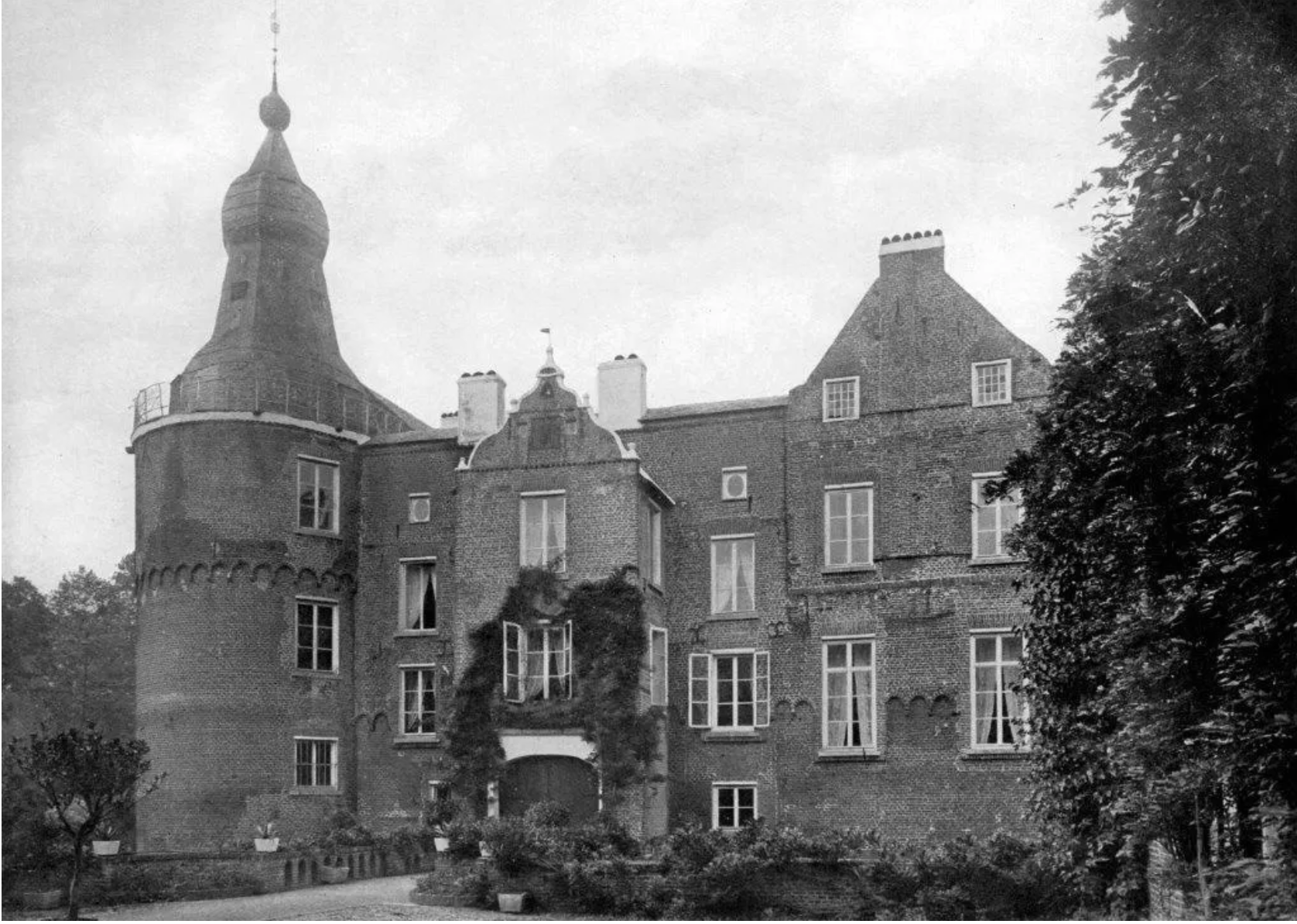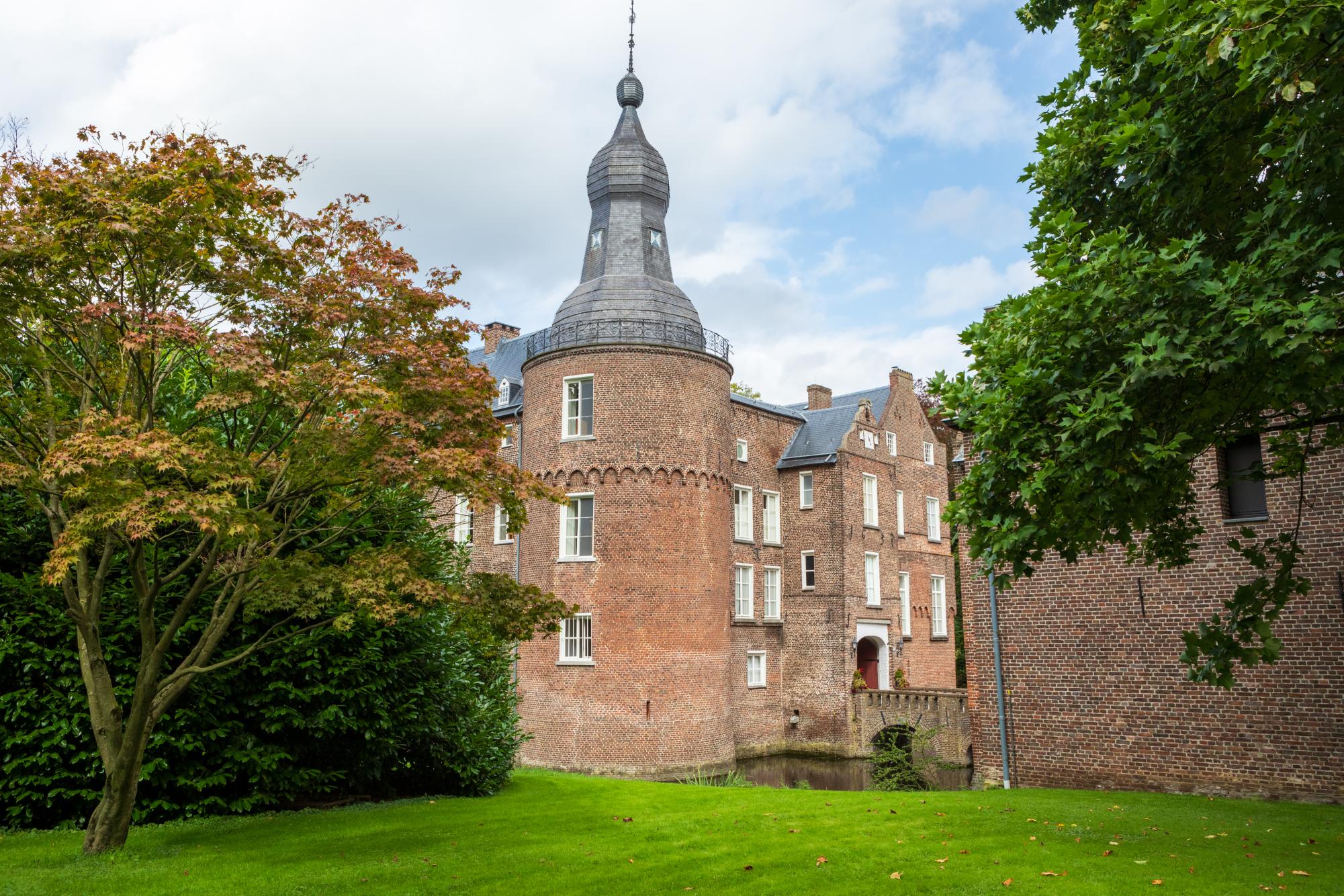Emerson will celebrate its 40th anniversary of sending students to its Kasteel Well campus in Well, Netherlands, next year. While this is a big milestone in the history of Emerson abroad, the castle itself has an even longer and more storied history dating back to the 14th century.
Finding a castle or historic building was always the goal for the college in creating its European campus, which finally settled on Well after searching in neighboring Belgium, Dojna Krecu, director of housing and residential life at Kasteel Well, said.
But when Emerson acquired the property it was not quite up to its former glory.
ŌĆ£Major [renovations] happened actually when Emerson moved in,ŌĆØ Krecu added.
She explained that renovations of the castle include modernizing certain spaces to align with functional dorm living, while also preserving the history of the campus.
The small town of Well where the campus is located is roughly 700 years old and formed around what was once a crossing point of the River Meuse. The first time local documents made mention of the castle was during the mid-14th century when it was used as a defense outpost to control river crossings and house soldiers, according to Michel Stevens, a town native and board member of Archief Well, a volunteer organization that maintains an archive of the townŌĆÖs history.┬Ā
ŌĆ£In school, no one told you about the castle. We had to find it out ourselves,ŌĆØ he said.
Both the town and the castle have undergone large-scale changes in their centuries-long history, and the efforts to appreciate both have been growing.┬Ā
The cataloging of records about the castle by the local archive has coincided with some of the largest-scale restoration efforts at Kasteel, undertaken by Emerson and the property’s previous owner, The Limburg Castles Foundation, who sold it in 1988.

Krecu said that the castle has also carved out a position for itself as a flagship abroad program more and more over the years, especially thanks to former President Lee Pelton.
ŌĆ£Pelton left a legacy that Kasteel is very important, and [the Boston campus] needs to listen to us and include us,ŌĆØ Krecu said. ŌĆ£So we see more and more respect and collaboration with Boston.ŌĆØ
Part of KrecuŌĆÖs job, along with that of facilities manager Huber Simons, is preserving the historical elements of the property. Simons said that they work diligently to meet the governmentŌĆÖs guidelines for national monument preservation, but that the castle is very different from when it was first built.
The castle’s use as a proper military-manned outpost came to an end ┬Āin 1586 during the 80 YearsŌĆÖ War when the Spanish drove out the Dutch owners of the castle and demolished its towers through cannon fire launched from the river.

Town residents eventually rebuilt the castle into a residence for nobles. However, with its tower demolished, it could no longer be used as a military base, and the Well area remained under Spanish control until 1703 when the Germans took over.
ŌĆ£This part of Limburg was never really Dutch,ŌĆØ Stevens said. ŌĆ£Only when the French went away again in 1850 [did] it become really a part of Holland.ŌĆØ
In the following centuries, various noble families inherited the property until 1852. The last noble inhabitant, Pieter de Liedel, the Baron of Well, died that year, leaving no successors as his children died before him.
The influence of the De Liedels can still be seen around the castle with a portrait of PieterŌĆÖs father, Willem, hanging in The Vigilante Room, a common area for students in the main castle, and family myths contributing to long-standing castle folklore.
The BaronŌĆÖs daughter, Sophie De Liedel, died of pneumonia at the age of 15. According to legend, she supposedly still haunts Kasteel Well, with some students attesting to ghostly visitations over the years, Krecu said. She is also the namesake for SophieŌĆÖs Kitchen, a storefront in the main castleŌĆÖs DulciaŌĆÖs Place common area where today students can purchase snacks.┬Ā

Many such traces and references to the building’s history remain, even though many of its rooms have been converted from their original purposes.
Small stairs leading from the old servant quarters to the master bedroom are hidden within the walls of the main castle building near SophieŌĆÖs Kitchen, Krecu said. Within SophieŌĆÖs itself, the white-painted walls cover up original paintings from the 16th century which are preserved behind plaster.
Peter de Liedel’s wifeŌĆÖs family, the Von Schloissniggs, took ownership of the property following his death in 1852. The Baron had one living daughter from an affair with his wifeŌĆÖs younger sister named Marianna, who according to Stevens, was able to ŌĆ£use the castle as long as she lived.ŌĆØ However, she could not inherit the castle directly, which prevented the Von Schloissniggs from selling the property until her death.
Some years after MariannaŌĆÖs death, Dr. Richard Wolters, a lawyer and industrialist from D├╝sseldorf, purchased the property. He paid 70,980 guilders, roughly $40,000 today.
ŌĆ£He was a good man. He took good care of the castle, but he couldn’t pay it all,ŌĆØ Stevens said. ŌĆ£He sold many [things] from the inside.ŌĆØ

Wolters, a member of the Nazi party, returned to Germany and allowed Nazis to occupy the castle in 1939 until the end of World War II.
ŌĆ£When the war was over, [Wolters] couldn’t get the castle back, because it was taken in by the Dutch state,ŌĆØ Stevens said.┬Ā
ŌĆ£In that period, all kinds of people came in here and took something,ŌĆØ Simons said, describing the post-war phase where the castle was mostly occupied by displaced families. The decline of the castle during that era is something he said caused problems for the new-scale renovations initially.
After the war, the castle barn was transformed into a temporary church from 1946 to 1958 and the residents of Well returned to town to rebuild after bombings during the war.
ŌĆ£It was one of the most beautiful temporary churches in the Netherlands,ŌĆØ Krecu said, adding that it received a visitation by one of the queens of the Netherlands.
The castleŌĆÖs next owner in 1950 would be the Sancta Maria Foundation of the Diocese of Roermond, which sought to rebuild and renovate the property while turning it into a Catholic youth center.
A previous owner was responsible for large-scale renovations to install the long, neo-classic doors and current windows which can be seen today, which replaced previous stained glass smaller windows.
Construction and repairs carried out by the facilities team today take place in short bursts between the times when students are at the castle during the fall, spring, and summer or by housing students in certain areas that keep them away from the construction, Simons said.
ŌĆ£Everyone agrees that it’s very [well]-preserved by Emerson,ŌĆØ Stevens said.┬Ā
Simons said that local companies are usually tapped for these projects so that locals ŌĆ£can profit from the castle too, as much as possible.ŌĆØ
The latest major renovation to the castle was the conversion of the former garden house to a student kitchen space which formally opened to students last semester. Additionally, dike, or artificial elevated ridge, reinforcement construction will start in the area over the next few years to help further protect the castle from flooding concerns.┬Ā
Stevens said the town of Well, like its famous castle, has changed a lot over the years. ŌĆ£The pubs have gone, many stores have gone ŌĆ” It’s a nice town ŌĆ” but life has gone out of it a bit,ŌĆØ he said, adding that the locals are still always excited to see students arrive.
ŌĆ£People here are a bit reserved. They won’t tell you. But I know for sure they are proud of it ŌĆ” of the castle ŌĆ” and proud of the school here,ŌĆØ Stevens said.
ŌĆ£It’s their castle, as they say it ŌĆ” owned by Emerson, but it still [stays] their castle,ŌĆØ Simons said.
